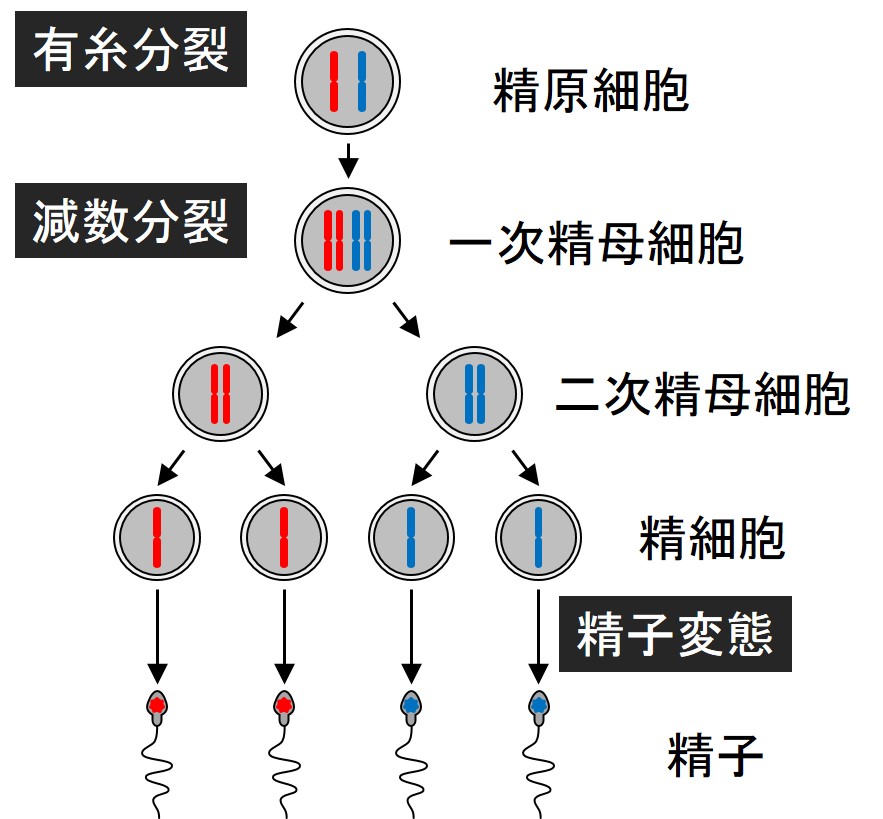KIMURA Atsushi
Professor
Functional genomics in mammalian reproduction
Department of Biological Sciences, Reproductive and Developmental Biology

| Theme | My goal is to understand the genome function in mammalian reproduction. Currently, I am focusing on transcriptional regulation by multi-functional genome sequences and long noncoding RNAs during spermatogenesis. |
| Field | genome biology, reproductive biology |
| Keyword | spermatogenesis, transcriptional regulation, long noncoding RNA, epigenetics, multifunctional genome, enhancer, protease, ovary, granulosa cell, testis, placenta, mouse, human |
Introduction of Research
In mammalian genome, only 2% are protein-coding sequences (exons), and the function of rest of the sequence (98%) is unclear. I am studying the function of these 98% sequences in reproduction. Reproduction is the process by which offsprings are produced, and I am interested in gametogenesis, especially in male spermatogenesis.
A key step for spermatogenesis is meiosis in which spermatogonia differentiate into spermatids. It is well known that so many genes are transcriptionally activated during meiosis and the gene activation is critical to spermatogenesis. However, the molecular mechanism of transcriptional activation in meiosis is unclear, and therefore, I am studying it through revealing the function of genome sequences. I already found two important elements or factors for this gene activation. One is dual promoter-enhancers that are multi-functional genomic sequences, and the other is long noncoding RNAs that are RNA molecules functioning without being translated. I will continue to study their detailed molecular mechanisms, and ultimately reveal the mechanism of spermatogenesis and the mammalian genome function in reproduction.
Representative Achievements
| Academic degree | Ph.D |
| Academic background | 2001 PhD at Hokkaido University 2001-2005 Postdoctoral researcher at University of Pennsylvania 2005-2022 Associate professor at Hokkaido University 2022-present Professor at Hokkaido University |
| Affiliated academic society | The Molecular Biology Society of Japan, The Japan Society for Comparative Endocrinology, The Zoological Society of Japan, The Japanese Society for Epigenetics, Society for the Study of Reproduction, The Endocrine Society |
| Room address | General Research Building 5 5-1009 |


